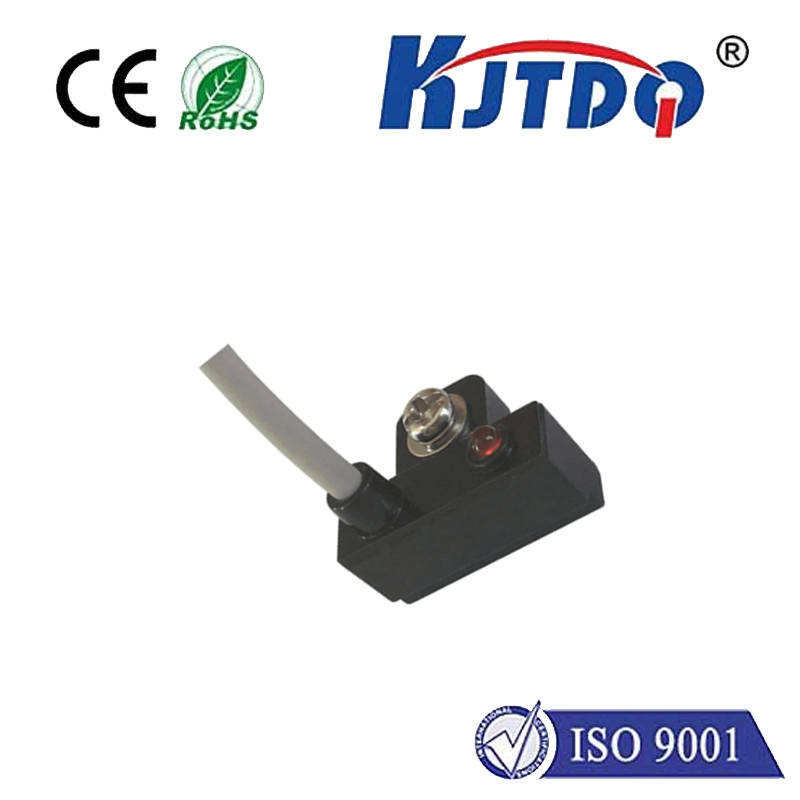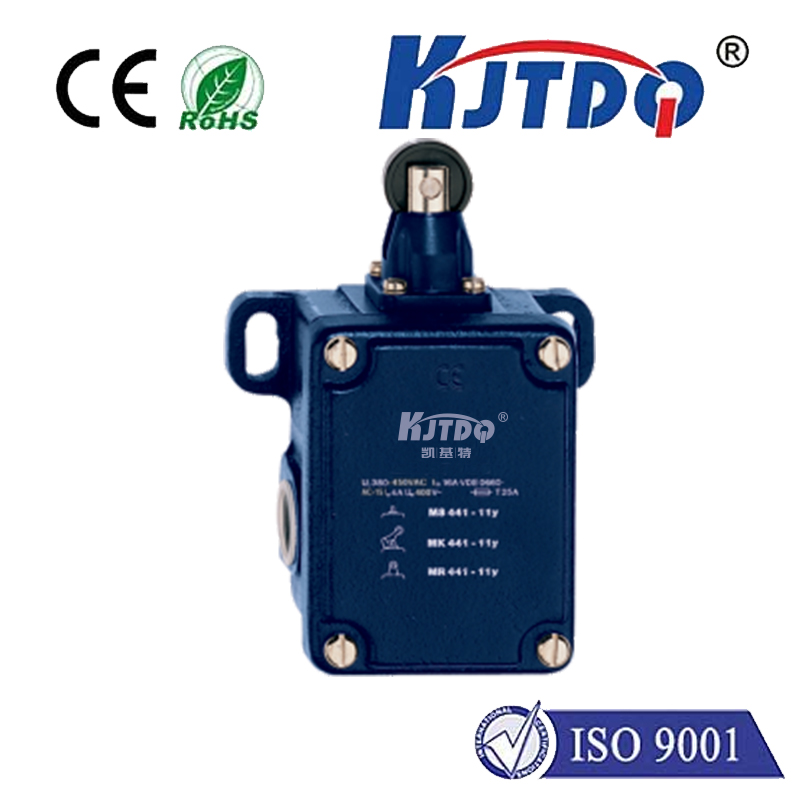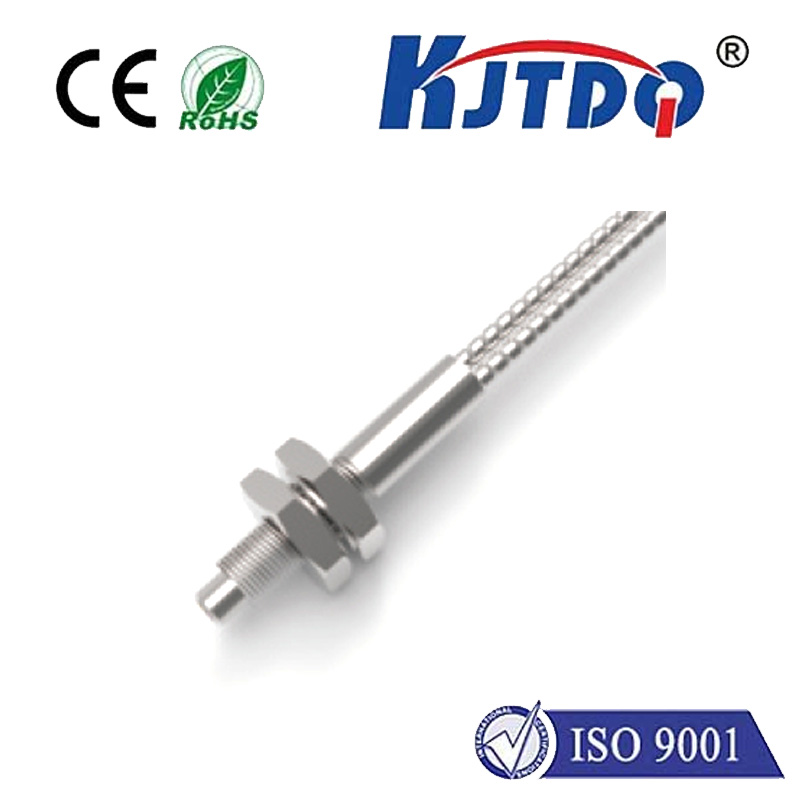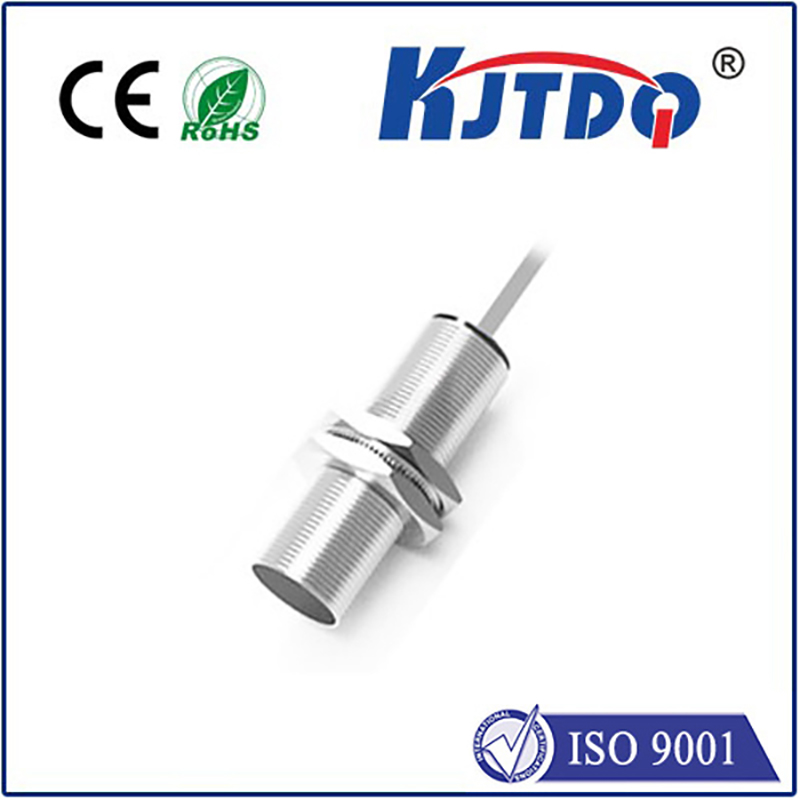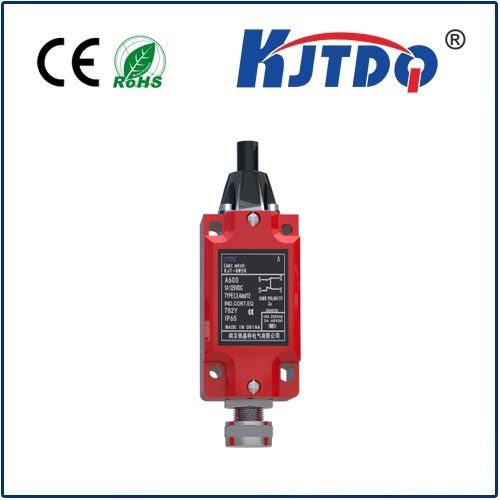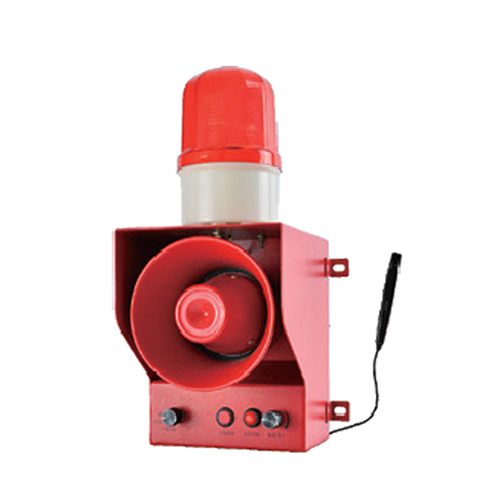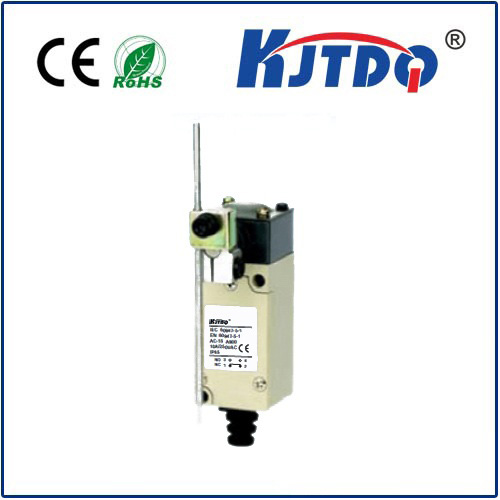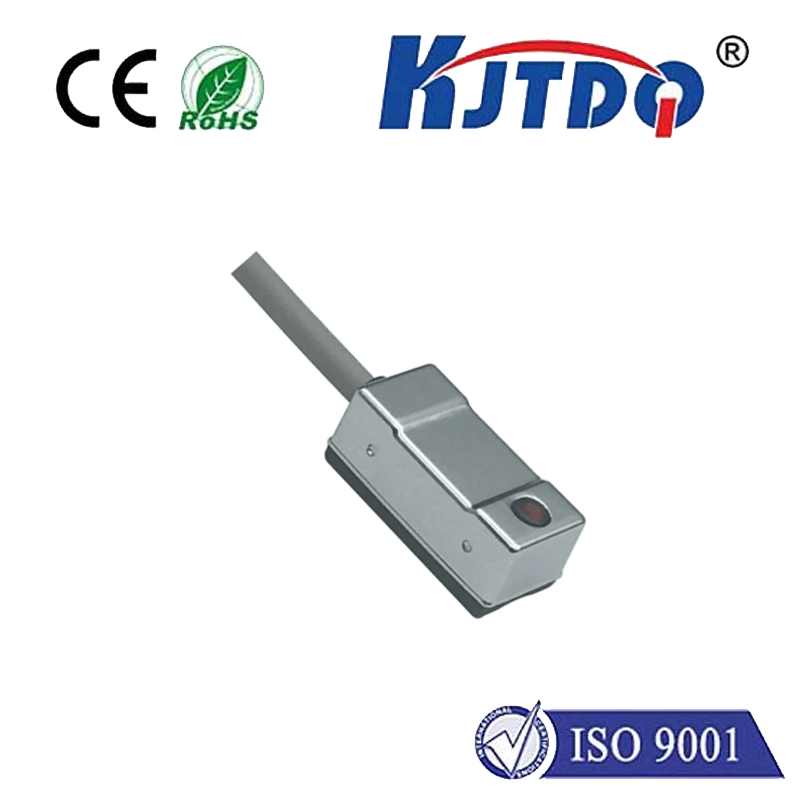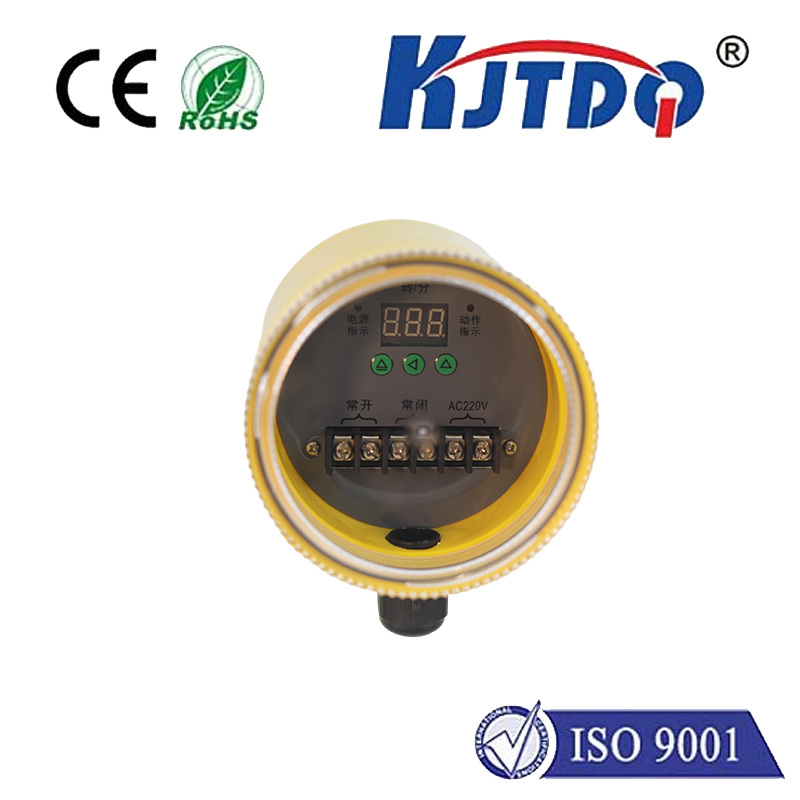

check

check

check

check

check

check

check

check

check

check
The Vital Role of Heat Strip Limit Switches in Industrial Settings
In industrial settings, ensuring the safe and efficient operation of heating systems is crucial. A key component that plays a vital role in achieving this goal is the heat strip limit switch. This innovative device serves as an essential safety measure by monitoring the temperature of heating elements and preventing them from overheating, which could lead to equipment damage or even fires.
The primary function of a heat strip limit switch is to monitor the temperature of heating strips and automatically shut off the power supply if it exceeds a pre-set limit. This prevents potential overheating, extending the lifespan of heating systems, and reducing maintenance costs. Additionally, these switches provide peace of mind for facility managers by minimizing the risk of accidents caused by overheating equipment.
Heat strip limit switches are designed to be highly accurate and reliable, with precise temperature controls that can be set according to specific industrial requirements. They typically feature adjustable set points, allowing users to customize their operation based on their particular needs. Moreover, they are built with robust materials capable of withstanding harsh environments and prolonged usage without compromising performance.
One significant advantage of heat strip limit switches is their ability to integrate seamlessly into existing heating systems. They can be installed in various types of furnaces, ovens, and other heated applications, providing enhanced protection against overheating incidents. Furthermore, they often come with additional features such as manual reset capabilities, enabling operators to quickly resolve issues and resume normal operations after an event has been triggered.
In addition to enhancing safety and reliability, heat strip limit switches also contribute to energy efficiency efforts within industrial settings. By preventing unnecessary energy consumption due to overheating, these devices help reduce overall energy costs while promoting sustainable practices. Their precise temperature control ensures that heating systems operate at optimal levels, maximizing energy usage efficiency.
Despite their numerous benefits, it's important to note that proper installation and maintenance of heat strip limit switches are essential for their effective functioning. Regular inspections should be conducted to ensure that the switch is operating correctly and responding appropriately to changes in temperature. Additionally, replacing worn-out components promptly can help maintain peak performance and avoid unexpected downtime.
In conclusion, the heat strip limit switch is a critical component in industrial settings where heating systems are employed. Its ability to monitor temperatures and prevent overheating incidents not only enhances safety but also improves energy efficiency and reduces operational costs. By implementing and maintaining these devices effectively, businesses can enjoy peace of mind while safeguarding their investments in heating infrastructure.
